In SAP ERP HCM’s Ogranizational Management (SAP OM) module, an evaluation path can be defined as a chain of relationships between at least two object types.
For example, an individual is a holder of a Position, and a Position is held by an individual. A chain of relationships might be from one Org. Unit to another to Positions and finally to Persons.
An evaluation path enables a user to emphasize reports on objects that are affected by certain relationships. The user can either select an evaluation path and subsequently maintain its properties, or create a new evaluation path beginning with Z.
For example, the evaluation path PLSTE (Position Overview Along Organizational Structure) depicts an overview of the Position assignments. It uses an Org. Unit as its initiation point and effectively reads the underlying structure and the relationships between Positions.
Let’s take a look at the correlation between relationships and evaluation paths. We’ll then discuss the naming principles for evaluation paths. Finally, we’ll look at the functionality available for using evaluation paths.
Relationships and Evaluation Paths
Evaluation paths and relationships are interrelated. Evaluation paths can have one or more relationships within them. We can conclude, then, that a relationship can be considered a subset of an evaluation path because evaluation paths can’t exist without relationships.

This correlation can be expressed in a deeper sense when we discuss the creation of evaluation paths.
Naming Principles of Evaluation Paths
Evaluation paths contain a sequence of object relationships. By specifying the several objects and relationships, the evaluation path will effectively analyze the organization structure of an enterprise and retrieve the included objects.
SAP ERP HCM incorporates a series of evaluation paths and relationships; for example, the relationship between a Person and a Position is known as a Holder with the code A or B 008.
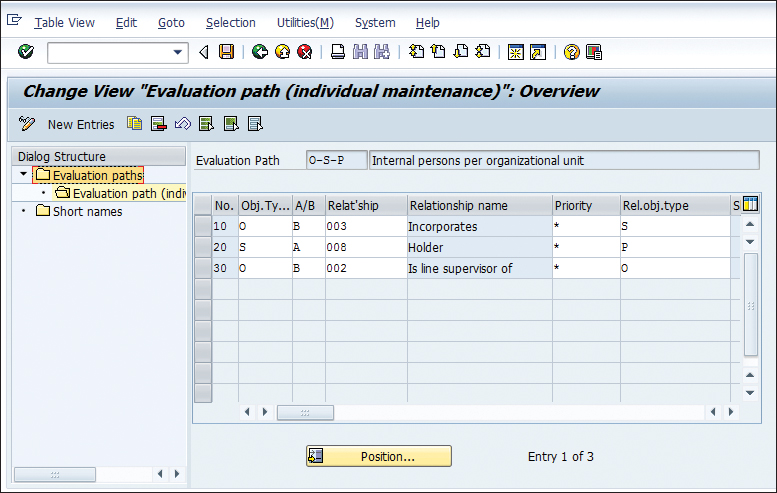
All persons along an organizational structure will be evaluated with the standard evaluation path O-S-P (i.e., Org. Unit-Position-Person) in SAP systems. An evaluation path can have a maximum of eight characters in the naming code. The sequence of the relationships included in the evaluation path determines how the results of the evaluation are portrayed.
A new evaluation path is necessary if an object type is created that will be reported or a customer relationship needs to be identified due to the company specifics. For example, if a leader of an Org. Unit has been assigned to take responsibility over other units for HR purposes, without being the disciplinal leader, it’s absolutely necessary to create a new relationship that connects the Position with the additional Org. Units.
The user creates a new evaluation path by using the customer namespace ‘Y’ or ‘Z’ and then chooses the evaluation path keeping in mind the organizational structure of the enterprise.
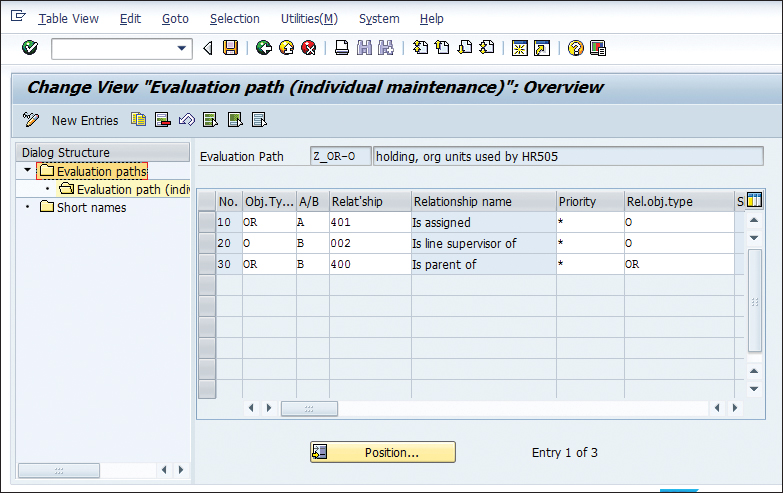
New evaluation paths can be displayed using report RHSTRU00 (see the following figures).
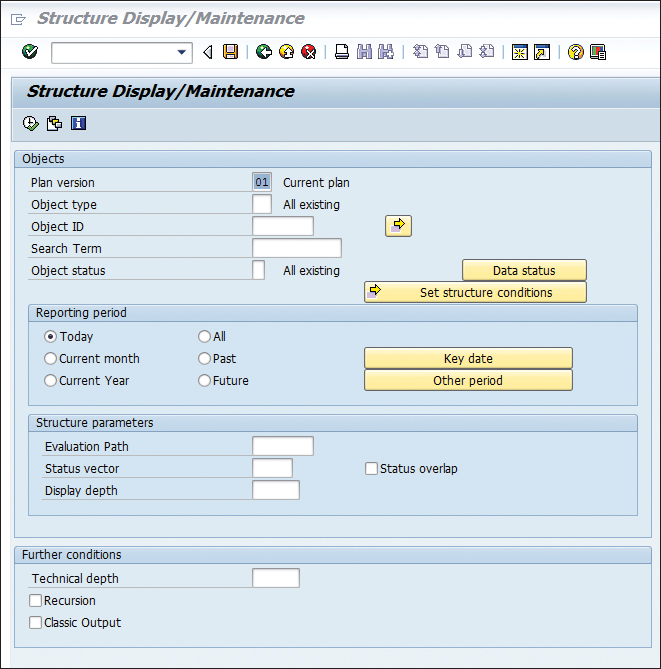

Functionalities of Evaluation Paths
Evaluation paths can be used in a variety of ways not only in SAP OM, but also in other submodules of SAP ERP HCM. Evaluation paths are used to select the type of structure that needs to be maintained, reported, or accessed. Here’s an overview of these aspects.
Pulling Up a Structure
Users create and maintain objects in SAP OM. Objects belong to object types, and object types are specific to the type of structure they belong to. To specify a certain structure in the specific system in order to work with it, you have to define the set of object types pertaining to that structure.
You must also determine the relationships that objects hold with each other by specifying the evaluation path. This is because an evaluation path can specify multiple relationships in it. Each relationship further defines the object types that it connects. Hence, just by defining the evaluation path, you can specify both criteria to the system.
Reporting
To access object-oriented reports, you need to use the SAP-delivered tools provided to pull up the reports. You then specify the structure and the object types that need to be reported. This again requires using the evaluation path, as shown below.
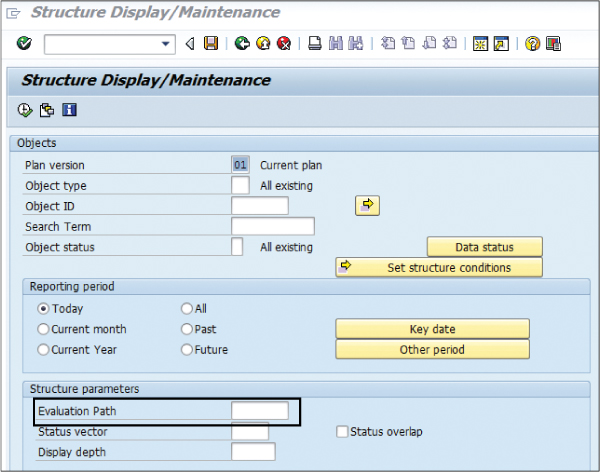
Authorization
When providing authorizations, there are two classifications that can be used: general and structural. General authorization is mandatory and must be provided to any users who access the SAP ERP HCM system. Structural authorizations are optional and object-oriented, as structural authorizations deal with providing access to a certain section of the organizational structure.
For instance, a payroll administrator may need access to all the infotypes of all the Holders of Positions listed under two different Org. Units. In that case, the authorization is provided by specifying the evaluation path (see below).

Conclusion
Evaluation paths are important parts of the SAP OM module of SAP ERP HCM. Due to their nature, one can easily define the relationship between objects as well as name them with terminology such as “holder.” In addition, evaluation paths have important functionalities within an SAP system, such as pulling up object-oriented reports.

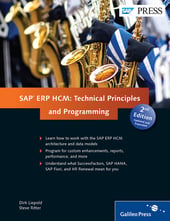


Comments